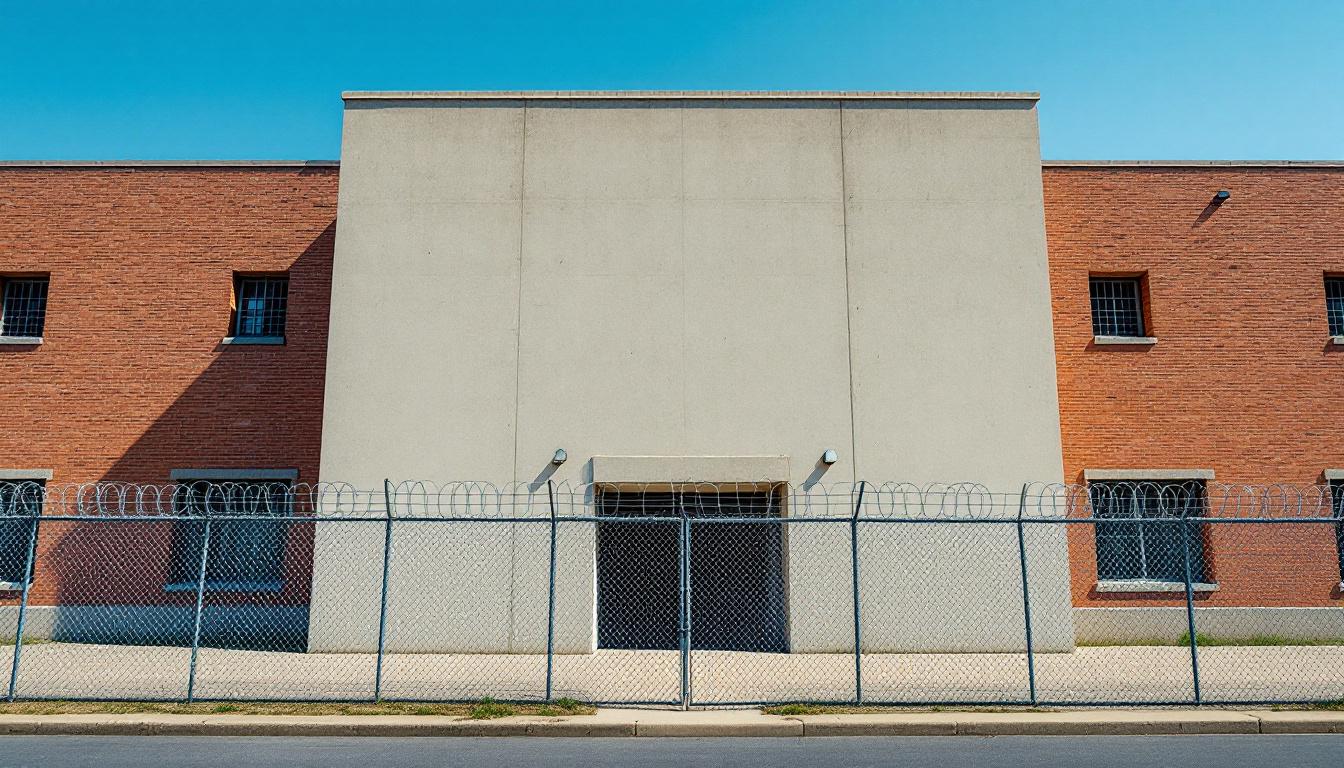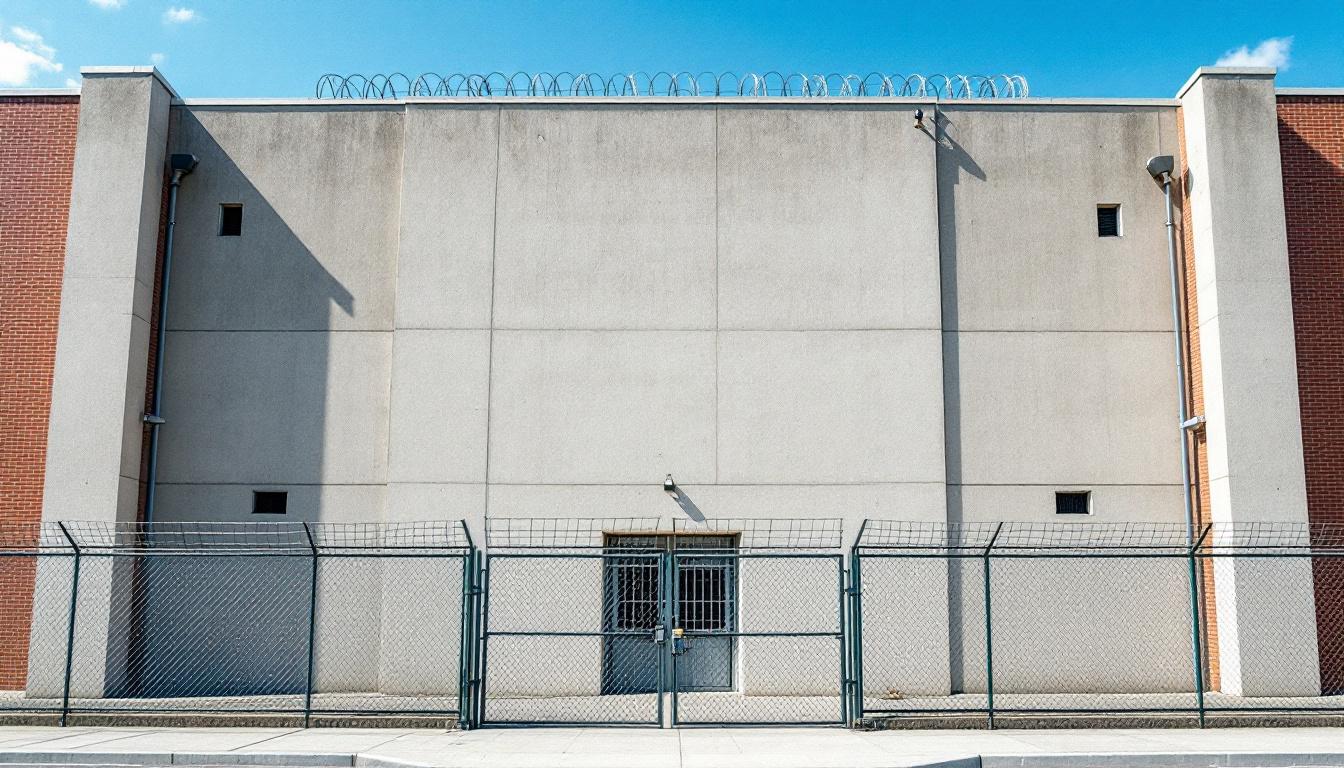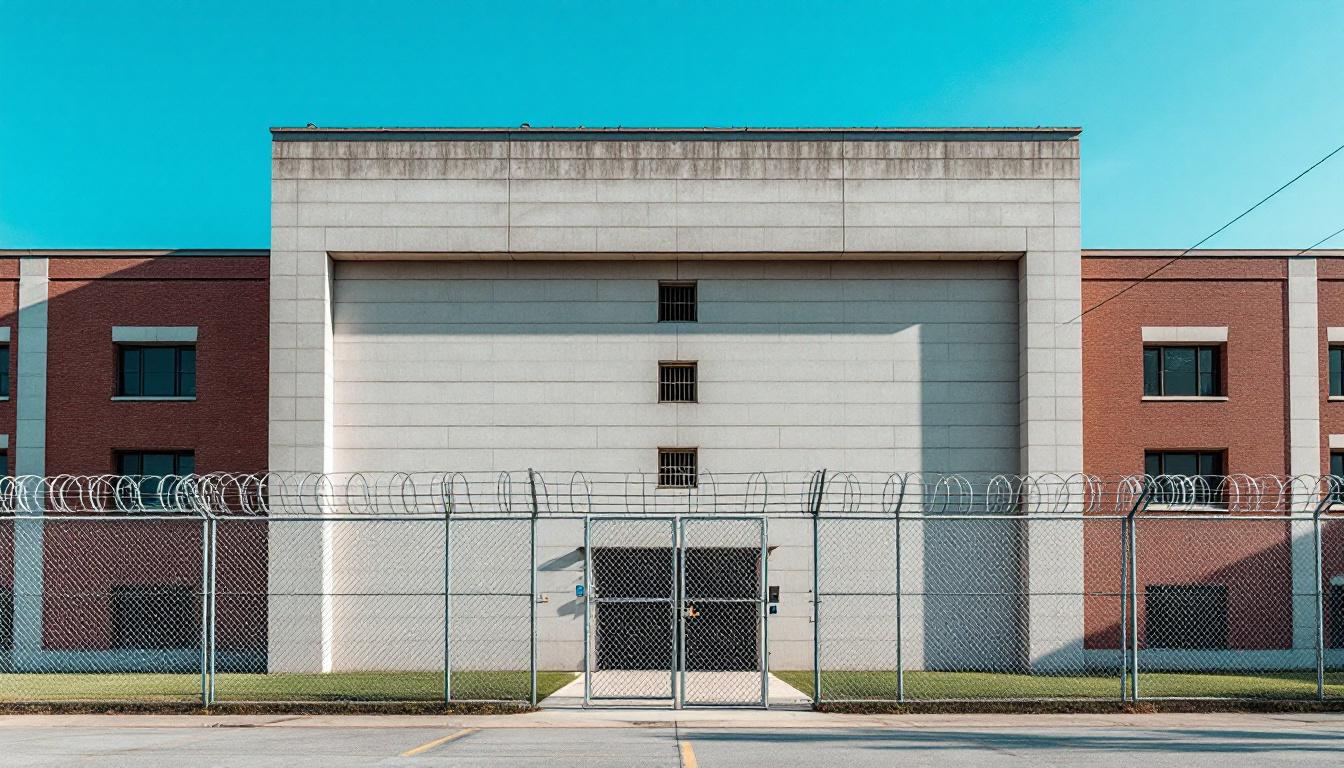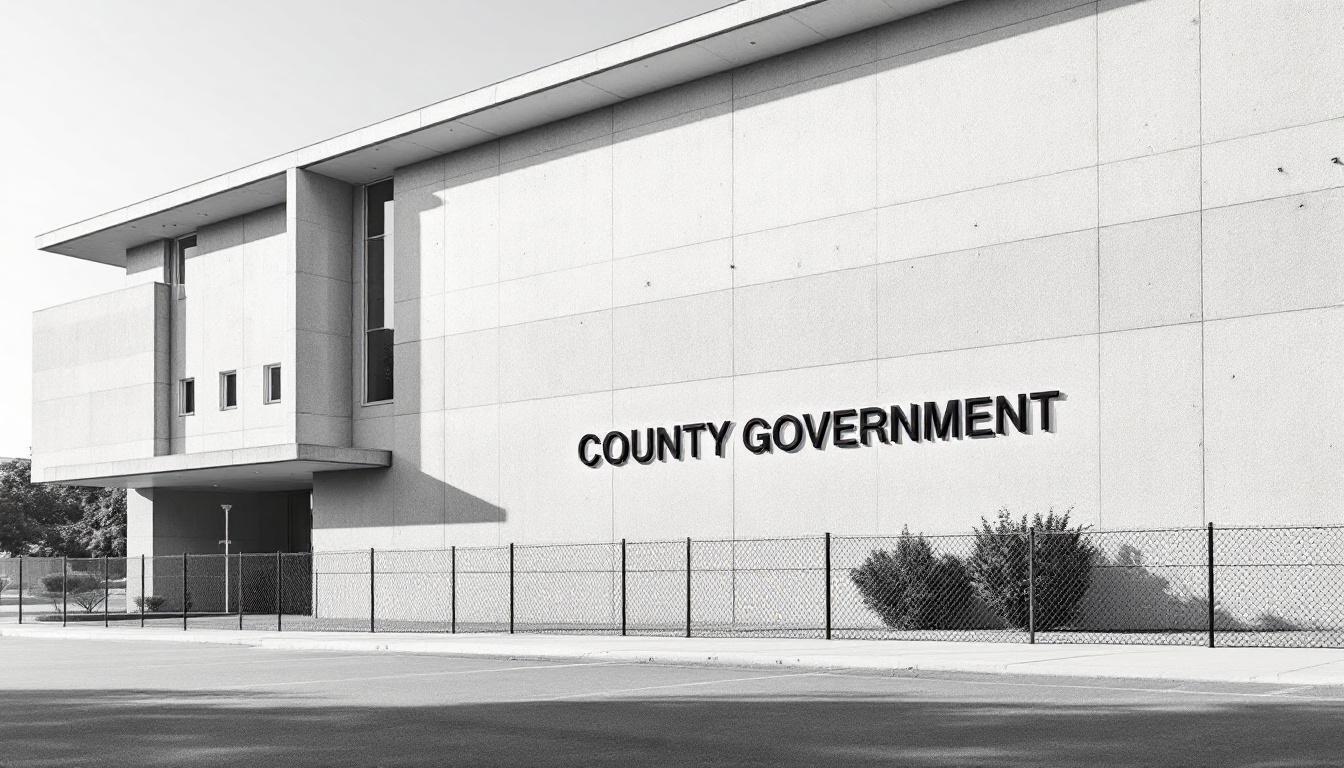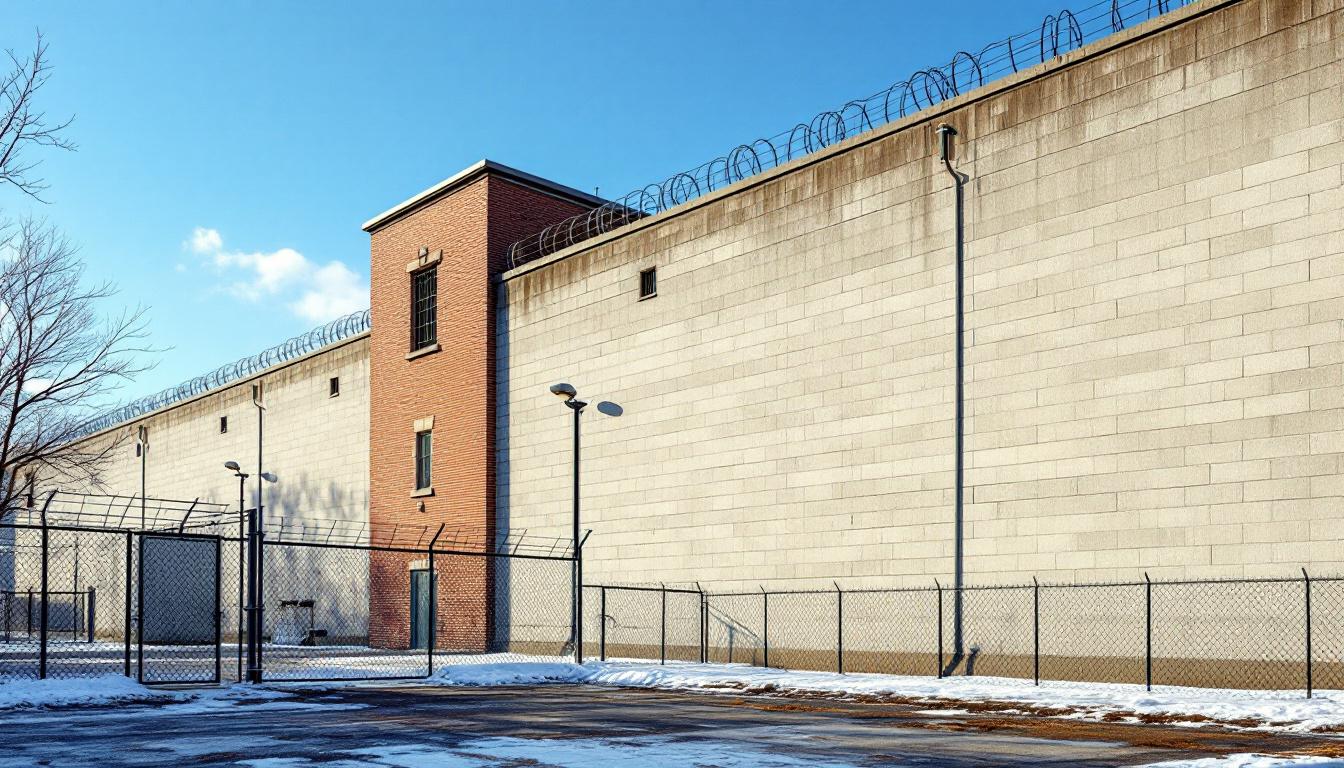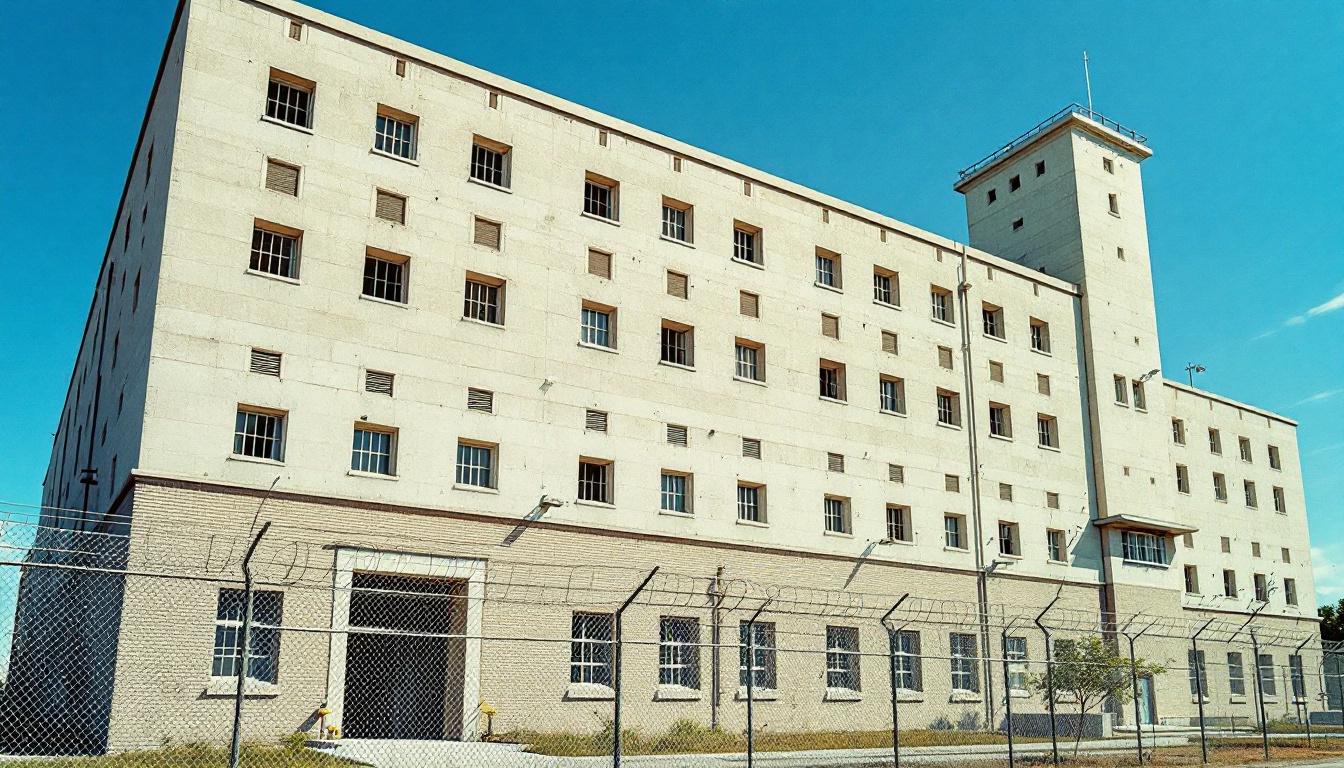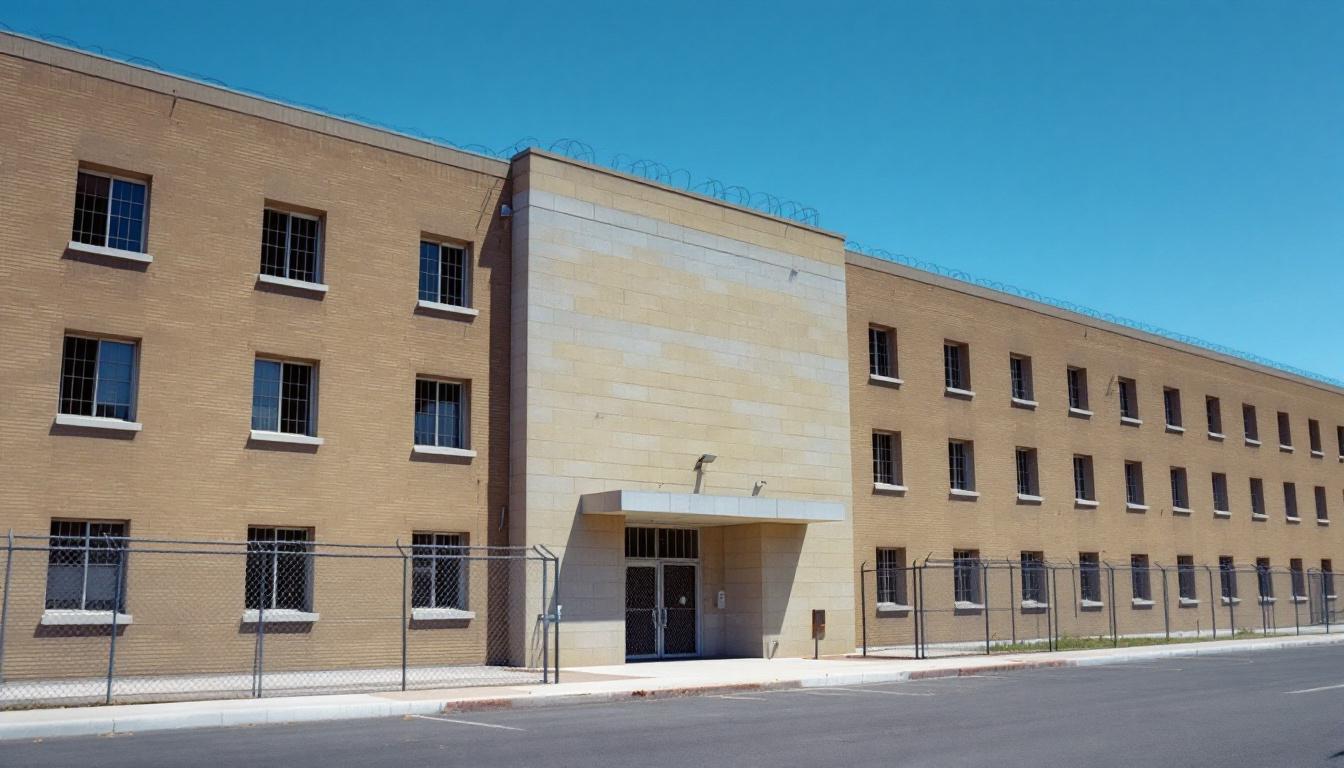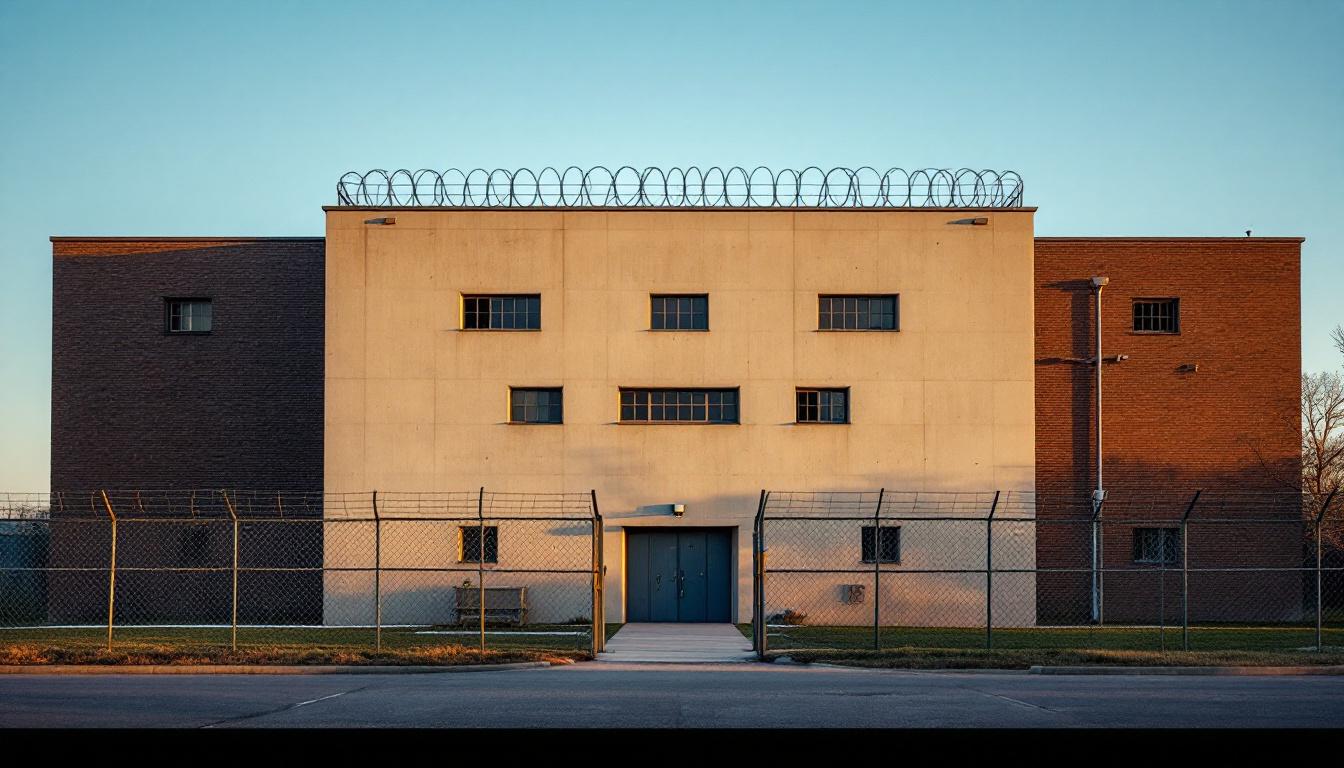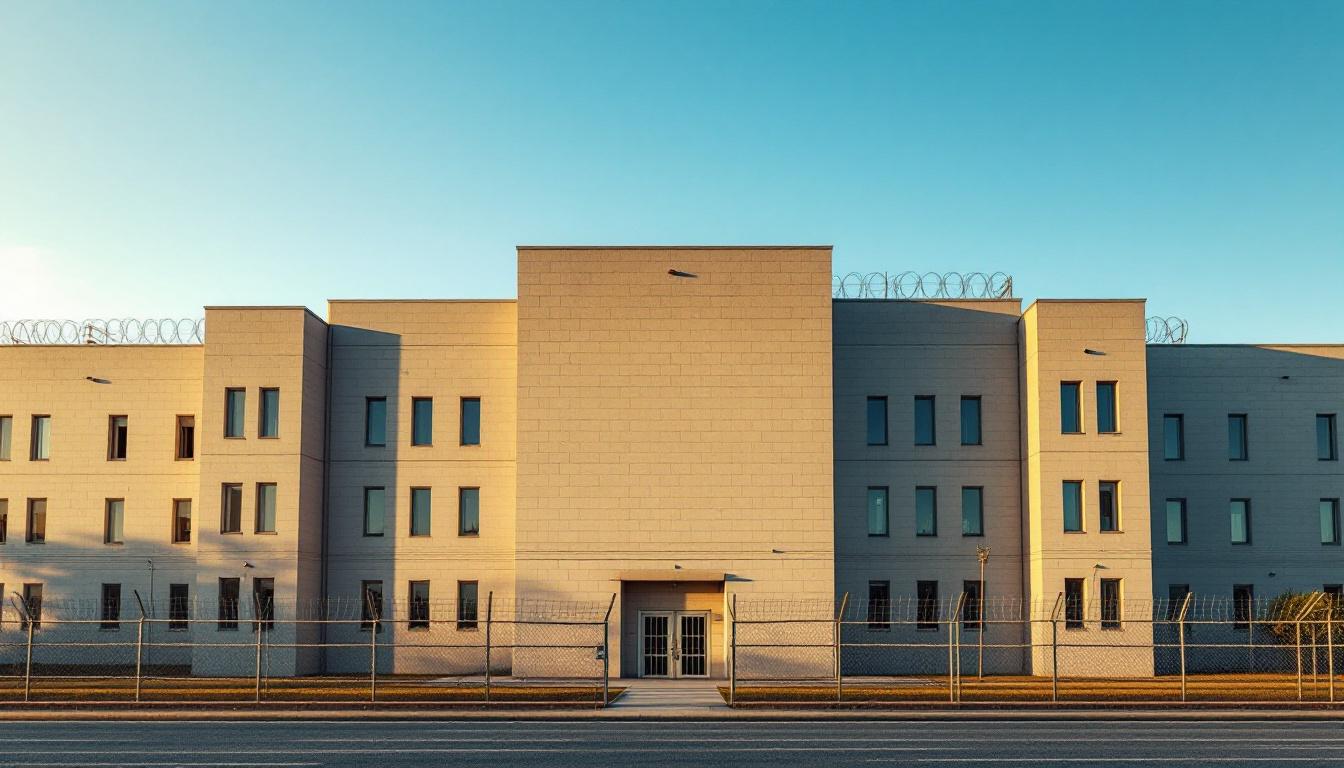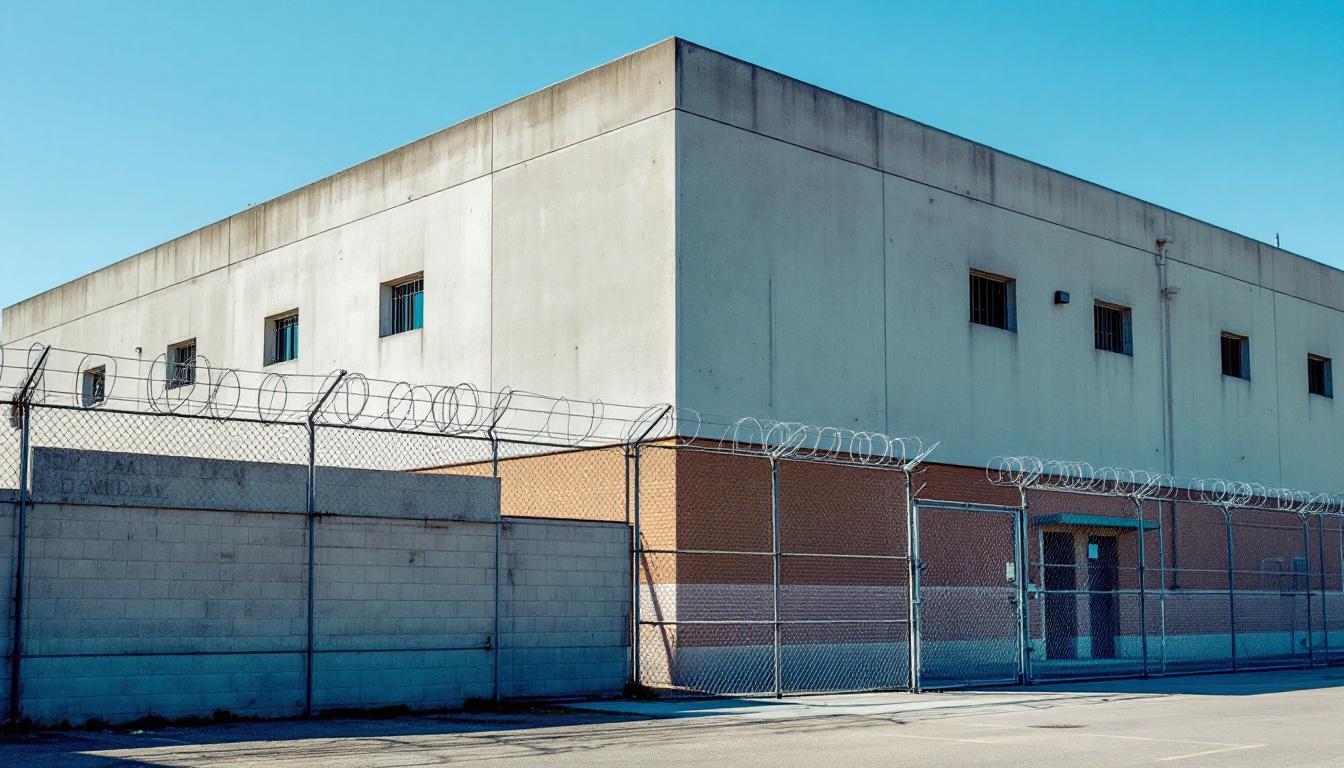
Quick Navigation
How to contact an inmate at Grays Harbor Co.Corrections
This comprehensive guide will walk you through how to connect with an inmate at Grays Harbor Co.Corrections. Follow the steps below to find an inmate and send letters and photos:
- Search for the inmate using our search tool below
- Create your account or log in to Penmate
- Write your message (up to 6,000 characters)
- Send instantly - inmates receive printed copies daily
Find an Inmate
Search for an inmate to start communicating today
Tip: You can search by first name, last name, or inmate ID number
To contact a person at Grays Harbor Co.Corrections start by searching for the person on the official facility website. Perform a search by following these steps:
- Step 1: Enter their first name and last name into the search form and click "Search"
- Step 2: Locate their inmate record
- Step 3: Write down their Inmate ID and any housing information provided
Important! Be sure to enter the person's full name. Nicknames should not be used.
How to Send Messages to Inmates

You can use your phone or computer to send emails, letters, and photos to an inmate. Messages are sent electronically to inmate tablets or kiosks at the facility. If you would like to send a message, start by searching for an inmate at Grays Harbor Co.Corrections.
Sending Photos and Postcards

A great way to send love and support to a loved one at Grays Harbor Co.Corrections is to send photos and postcards. It only takes a few minutes to send photos from your phone and it makes a huge difference. You can also mail postcards with words of support and inspiration, or design your own postcard for special moments like birthdays and holidays.
Important! Be sure not to send any explicit photos or they may not be approved by the facility. You can also use a photo printing app like Penmate to make sure your photos are printed at the correct size (4x6 or 3x5) and are mailed according to the rules and regulations of Grays Harbor Co.Corrections.
Frequently asked questions about Grays Harbor Co.Corrections
-
How long does it take to deliver a message?
If you're sending an email message your letter is usually delivered within 24-48 hours. For messages sent via mail you should expect delivery within 3-7 days. All messages will need be approved by Grays Harbor Co.Corrections.
-
How much does it cost to send a message to Grays Harbor Co.Corrections?
You can send a message free using your phone or mail a message via USPS for the price of a $0.60 stamp and envelope. You can also purchase credits or e-stamps from services starting at $1.99.
-
What services can I use to contact an inmate at Grays Harbor Co.Corrections?
Penmate
You can use Penmate to send letters and photos to an inmate from your phone. It's an easy way to stay in touch during your loved one's incarceration. Use the inmate locator to find an inmate's location and contact information, then you can send messages within a few minutes.
Securus messaging
Securus may be another option for communicating with an inmate at Grays Harbor Co.Corrections. You can create a friends and family account and purchase credits to send messages. All messages will be reviewed and must be approved by the facility.
JPay
Some county jails and state prisons may support sending messages with JPay. You must register an account with the system, find your loved one, and purchase stamps to send messages. For some locations you can also attach photos.
Smart Jail Mail
You may also check if Smart Jail Mail is available at Grays Harbor Co.Corrections. Smart Jail Mail is operated by Smart Communications and has contracted with some state and county jails. After purchasing credits, your messages and photos are sent to the facility, printed out, and then handed out to your loved one.
-
What is the mailing address of Grays Harbor Co.Corrections?
Mailing address:
Grays Harbor Co.Corrections
100 W Broadway Ave
Montesano, WA 98563
Phone: (360) 249-3711Business hours:
- Monday: Open 24 hours
- Tuesday: Open 24 hours
- Wednesday: Open 24 hours
- Thursday: Open 24 hours
- Friday: Open 24 hours
- Saturday: Open 24 hours
- Sunday: Open 24 hours
-
What are the visiting hours at Grays Harbor Co.Corrections?
Visiting hours at Grays Harbor Co.Corrections vary by housing unit and security level. Generally, visits are scheduled on weekends and holidays, with some facilities offering weekday visits. Contact the facility directly at (360) 249-3711 or check their website for the current visiting schedule. Visits typically last 30-60 minutes and must be scheduled in advance.
-
What items are prohibited when sending mail to Grays Harbor Co.Corrections?
Prohibited items typically include: cash, personal checks, stamps, stickers, glitter, glue, tape, staples, paperclips, polaroid photos, musical or blank greeting cards, hardcover books, magazines with staples, and any items containing metal or electronics. Only send letters on plain white paper with blue or black ink. Photos must be printed on regular photo paper (no Polaroids). Always check with Grays Harbor Co.Corrections for their specific mail policies.
-
How do I send money to an inmate at Grays Harbor Co.Corrections?
You can send money to an inmate at Grays Harbor Co.Corrections through several methods: 1) Online using JPay, Access Corrections, or the facility's approved vendor, 2) Money orders mailed directly to the facility with the inmate's name and ID number, 3) Kiosks located in the facility lobby, or 4) Over the phone using a credit or debit card. Fees vary by method, typically ranging from $2.95 to $11.95 per transaction.
-
Can I schedule a video visit with an inmate at Grays Harbor Co.Corrections?
Many facilities now offer video visitation as an alternative to in-person visits. At Grays Harbor Co.Corrections, video visits may be available through services like Penmate, Securus Video Connect, GTL, or ICSolutions. Video visits typically cost $10-20 for 20-30 minutes and must be scheduled in advance. You'll need a computer or smartphone with a camera and reliable internet connection. Contact the facility for their specific video visitation policies and approved vendors.
-
What identification do I need to visit an inmate at Grays Harbor Co.Corrections?
All visitors must present valid government-issued photo identification such as a driver's license, state ID, passport, or military ID. Minors must be accompanied by a parent or legal guardian who can provide the minor's birth certificate. Some facilities require visitors to be on the inmate's approved visitation list, which may require a background check. Contact Grays Harbor Co.Corrections for specific ID requirements and visitor approval procedures.
-
How can I find out an inmate's release date?
To find an inmate's release date at Grays Harbor Co.Corrections, you can: 1) Use the online inmate search tool if available, 2) Call the facility's records department, 3) Contact the inmate's case manager or counselor, or 4) Have the inmate provide this information during a call or visit. For privacy reasons, some facilities only release this information to immediate family members.
Facility Overview
Contact Information
Grays Harbor Co.Corrections100 W Broadway Ave
Montesano, WA 98563
Phone: (360) 249-3711
Official Website
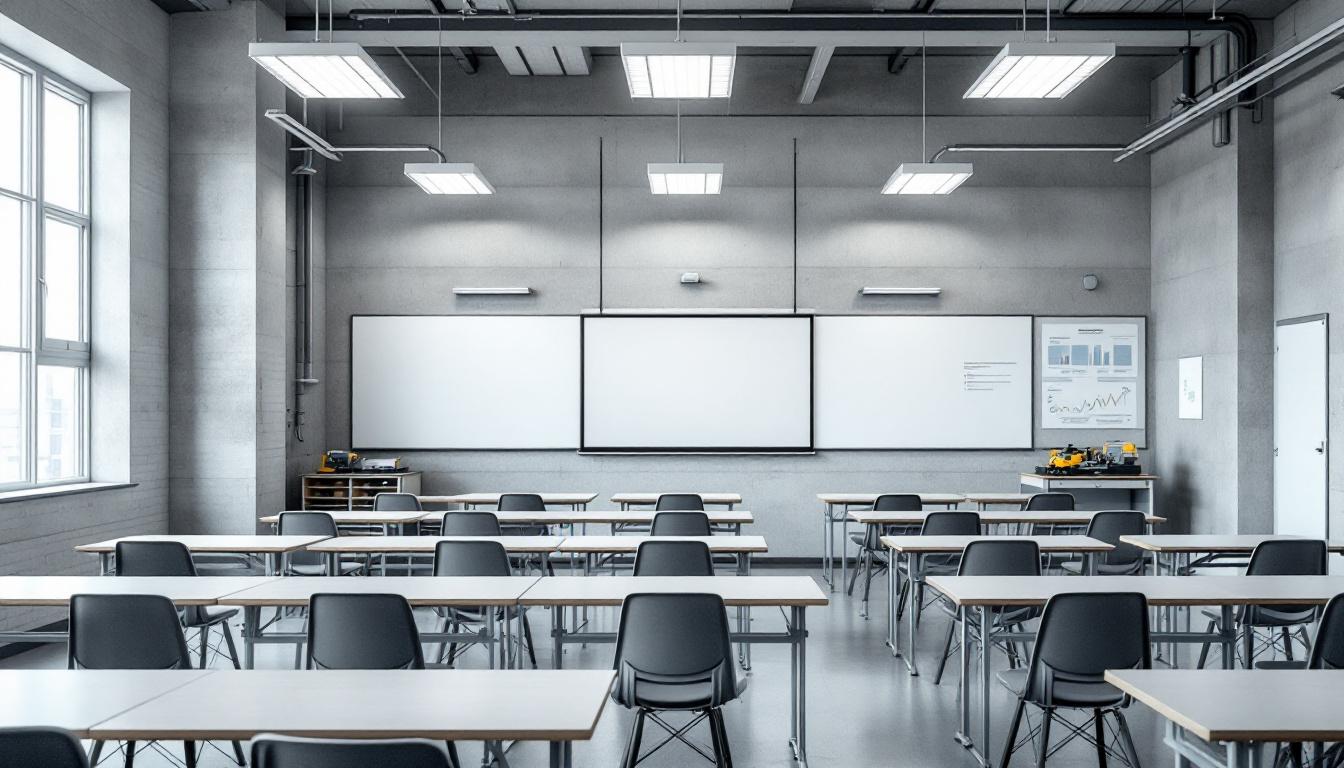
About Grays Harbor Co.Corrections
County jails throughout Washington State serve as vital community anchors for local justice systems, and Graysharbor County Jail exemplifies this role within the Montesano area. This WA correctional facility operates as part of the broader network of regional detention centers that support both public safety and individual rehabilitation throughout the Pacific Northwest. Positioned within Montesano's civic infrastructure, the facility typically manages individuals awaiting trial, serving shorter sentences, or transitioning between different phases of the justice system.
The facility's approach to serving the population services extends beyond basic detention to encompass various reintegration-focused programs that may include educational opportunities, substance abuse counseling, and vocational training initiatives. These county jail programs often emphasize preparing individuals for successful community reentry while maintaining strong connections to family and local support networks. Staff members generally work to coordinate with community organizations, treatment providers, and social services to create comprehensive support systems that address the underlying factors contributing to criminal behavior.
Within Montesano's close-knit community environment, rehabilitation efforts typically focus on maintaining family bonds and community ties that prove essential for long-term success. The facility may offer visitation programs, communication services, and transitional planning that helps individuals maintain employment prospects and housing stability upon release. This comprehensive approach reflects the broader understanding that effective corrections work requires collaboration between the facility, families, and community partners to create meaningful pathways toward positive life changes and reduced recidivism.
Programs & Services
Through comprehensive wraparound services, the population at Grays Harbor County Jail receives multifaceted support designed to address the underlying factors that contribute to incarceration while fostering personal growth and community reintegration. The facility's approach to programming emphasizes holistic development, recognizing that meaningful change often requires addressing educational deficits, mental health challenges, and practical skill development simultaneously. This integrated framework typically ensures that participants can access coordinated services that build upon one another, creating pathways toward sustainable positive outcomes.
Educational services form a cornerstone of the facility's programming, often including basic literacy instruction, GED preparation, and continuing education opportunities that help the population bridge gaps in their academic foundation. Moreover, vocational programs may supply hands-on training in practical trades such as plumbing, which can translate directly into employment opportunities upon release. Work programs within the facility typically provide structured environments where participants develop both technical skills and workplace habits, while barbering and cosmetology training often offers specialized certification pathways that can lead to licensed professional careers in the community.
The facility's therapeutic programming addresses complex behavioral health needs through dual diagnosis treatment, which typically serves individuals managing both substance use disorders and co-occurring mental health conditions. Volunteer programs often create meaningful connections between the population and community members, fostering relationships that extend beyond incarceration and may supply ongoing support networks. These collaborative efforts frequently emphasize family reunification and community engagement, helping participants develop the social capital and coping strategies necessary for successful reintegration into their home communities.
Daily Life & Visitation

Organizational protocols and structured scheduling systems form the backbone of how the population navigates their time within the facility, with carefully coordinated routines that currently govern everything from meal distribution to recreational periods and continue to provide predictable frameworks for daily activities. The population typically follows established wake-up procedures, participates in scheduled counts throughout the day, and adheres to designated time blocks for various activities, while facility staff generally coordinate housing assignments, work details, and program participation to maintain order and security. Moreover, the structured environment supplies opportunities for the population to engage in facility maintenance duties, kitchen operations, and cleaning assignments that may provide modest compensation and help maintain daily routines.
Housing arrangements within the facility typically consist of dormitory-style accommodations or individual cells, depending on classification levels and available space, with the population generally sharing common areas for dining and recreation while maintaining designated sleeping quarters that accommodate personal belongings within established limits. Whereas some housing units may offer television access and recreational spaces, all areas operate under security protocols that regulate movement and activities throughout the facility. The population usually receives three meals daily in designated dining areas, with menu planning that generally follows nutritional guidelines and accommodates basic dietary restrictions, while commissary services typically provide opportunities to purchase additional food items and personal care products.
Moreover, recreational opportunities often include access to outdoor exercise areas, indoor common spaces for games and television viewing, and library services that supply reading materials and sometimes educational resources for the population. Visitation policies generally allow scheduled visits with family members and approved contacts, typically conducted in designated areas with security supervision, while telephone access and mail services continue to provide important communication links with the outside community. The facility usually offers various programming options that may include educational classes, substance abuse counseling, and religious services, with structured schedules that supply meaningful activities and potentially assist with rehabilitation goals during incarceration.
Ready to Connect?
Start communicating with your loved one today
Search for an Inmate
